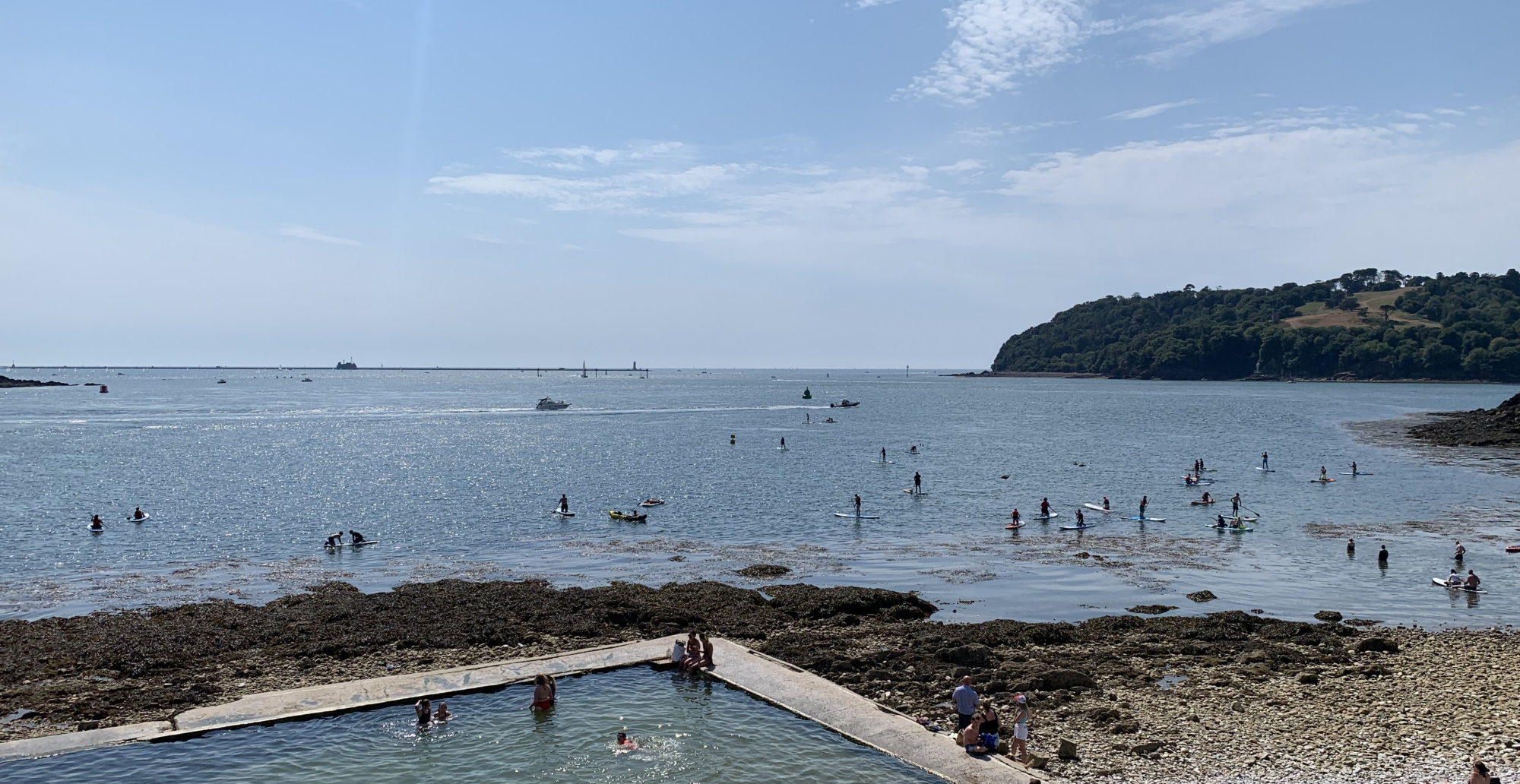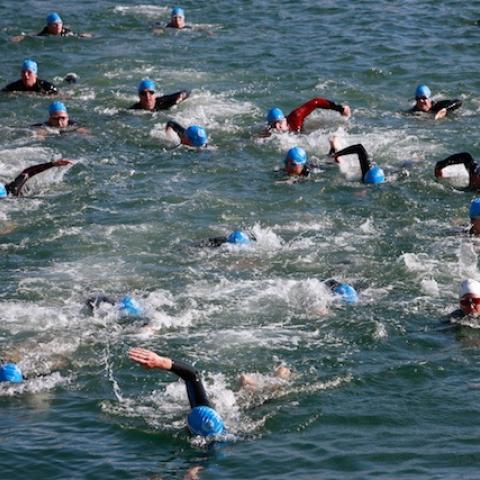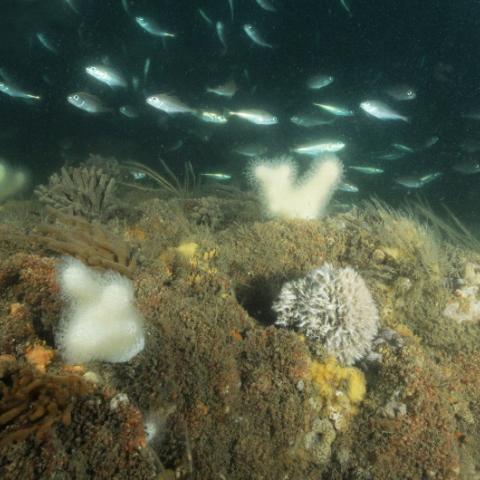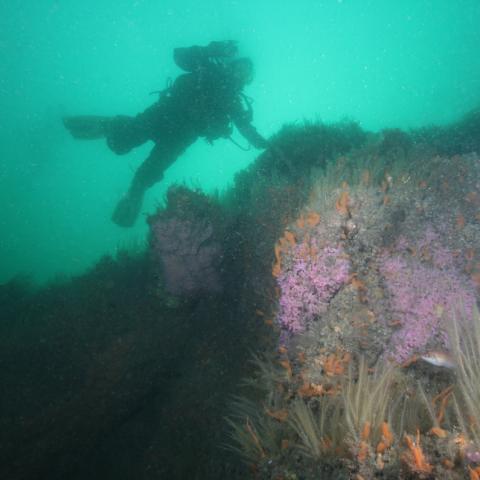
In the Water
The Plymouth Sound & Tamar Estuaries MPA provides a rich and varied marine environment to explore and enjoy. Divers can enjoy the diversity of our habitats and species, but there’s so much to see that snorkelling is just as much fun. Help us to keep the marine site healthy – avoid causing damage to delicate marine species through finning, kicking or trampling, and don’t remove anything that belongs in the sea – take only pictures, leave only bubbles.

Swimming
There are some popular wild swimming spots around the Plymouth Sound & Tamar Estuaries MPA, including the Plymouth Hoe foreshore, which has nearby facilities and a designated swimming area within the yellow marker buoys all year round. Plymouth Hoe is also a designated bathing water, which means the Environment Agency monitor water quality and issue notices online if there are concerns and swimming should be avoided.
There are also designated swimming areas in Cawsand, Firestone Bay and at Bovisand (the designated is in operation whenever the yellow marker buoys are out). It is a busy area for recreational boating and watersports, so please do keep an eye out for other water users.
There are strong currents and tides at the site, so be aware of the tide times and plan your swims safely. Local tide times can be found at the bottom of our Activities page.
For more information on how to stay safe whilst swimming, visit the Devon and Cornwall wild swimming site.

Snorkelling
Exploring the marine life below the waves isn’t just for scuba divers! There’s so much to see along the coast that you’ll be spoiled for choice as a snorkeller. There are some great places to get into the water and discover the diverse and colourful species that make the MPA their home. Firestone Bay, Batten Bay, Jennycliff, Bovisand and Wembury are all ideal locations to don your mask and snorkel and see what you can find.
Whilst you’re out in the water, please be aware of the strong tides and currents, and keep an eye out for passing craft that might not see you in the water. It’s always a good idea to take a surface marker buoy with you, so you’re easily seen.
The creatures and species that you find are part of an important, balanced ecosystem, so please don’t handle or remove anything that you find, and avoid walking across habitats such as rockpools, seagrass or kelp.

Scuba diving
The MPA and surrounding area offers rich diving , with beautiful cold water reefs, limestone drop-offs, kelp forests and wrecks to explore. We have some of the most diverse habitats and species in Europe, with the opportunity for shore diving from locations around the city, as well as boat diving out on the Eddystone, the Mewstone and wrecks including the HMS Scylla in nearby Whitsand Bay.
Within the Port of Plymouth, diving is only allowed with consent from the King's Harbour Master, so please ensure that the organiser of your dive has the correct permissions and that Longroom Port Control Station (VHF channel 14 or 01752 663225) have been notified prior to diving, so they can inform you of any current dangers or hazards. Diving is also prohibited within 150 metres of HM ships and establishments.
RNLI
Guides for staying safe at the coast
Whatever the activity, and no matter how experienced you are, understanding the risks and being prepared could save your life. The RNLI have safety advice on a range of different activities to make sure your visit to the coast is memorable for all the right reasons.
